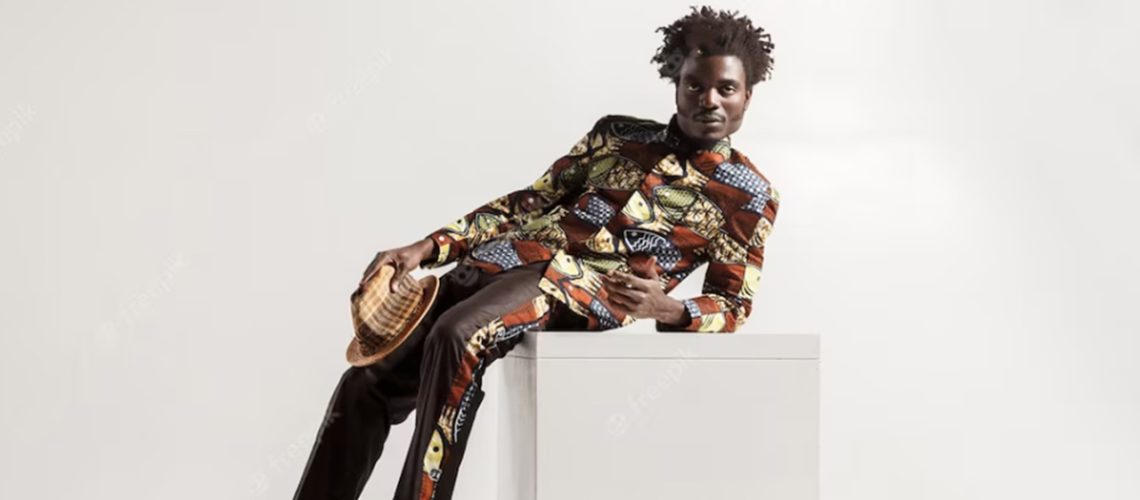When most people think of African fashion, they likely envision bright and colorful wax print fabrics. While these fabrics have become synonymous with African fashion, there is much more to the continent’s fashion scene than just wax print. In this blog post, we will explore the diversity of African fashion and highlight designers who are pushing the boundaries of what is considered “traditional” African attire.
African Fashion: A Rich History
African fashion has a rich and diverse history that spans thousands of years. Across the continent, different regions and communities have their own unique styles of dress, which are often influenced by local traditions, cultural practices, and historical events. For example, the colorful beadwork and intricate embroidery of the Maasai people in East Africa reflect their nomadic lifestyle, while the elaborate headwraps and colorful fabrics worn by the Yoruba people in West Africa reflect their deep spiritual beliefs.
Modern African Fashion
In recent years, African fashion has gained international recognition thanks to the work of designers who are blending traditional styles with modern influences. These designers are pushing the boundaries of what is considered “traditional” African attire, incorporating new fabrics, prints, and styles into their designs.
Alternative Fabrics
While wax print fabrics are still popular in many parts of Africa, designers are increasingly using alternative fabrics to create new and innovative designs. For example, designers in South Africa are using locally-sourced leather to create high-end fashion pieces, while designers in East Africa are using recycled materials to create sustainable fashion.
Breaking Down Gender Norms
African fashion is also breaking down gender norms and challenging traditional notions of masculinity and femininity. Designers are creating gender-neutral fashion pieces that can be worn by anyone, regardless of gender. This is especially important in a continent where gender roles are often deeply ingrained in traditional culture.
Empowering Local Communities
One of the key benefits of African fashion is its ability to empower local communities. By working with local artisans and suppliers, designers are helping to create sustainable jobs and support local economies. In addition, by highlighting the diversity and richness of African fashion, designers are challenging stereotypes and promoting a more positive image of the continent.
In conclusion, while wax print fabrics have become synonymous with African fashion, there is much more to the continent’s fashion scene than just one type of fabric. African fashion has a rich history and a diverse range of styles that are influenced by local traditions and cultural practices. By highlighting the diversity of African fashion and supporting local communities, designers are not only creating beautiful pieces of clothing but also promoting a more positive image of the continent.


